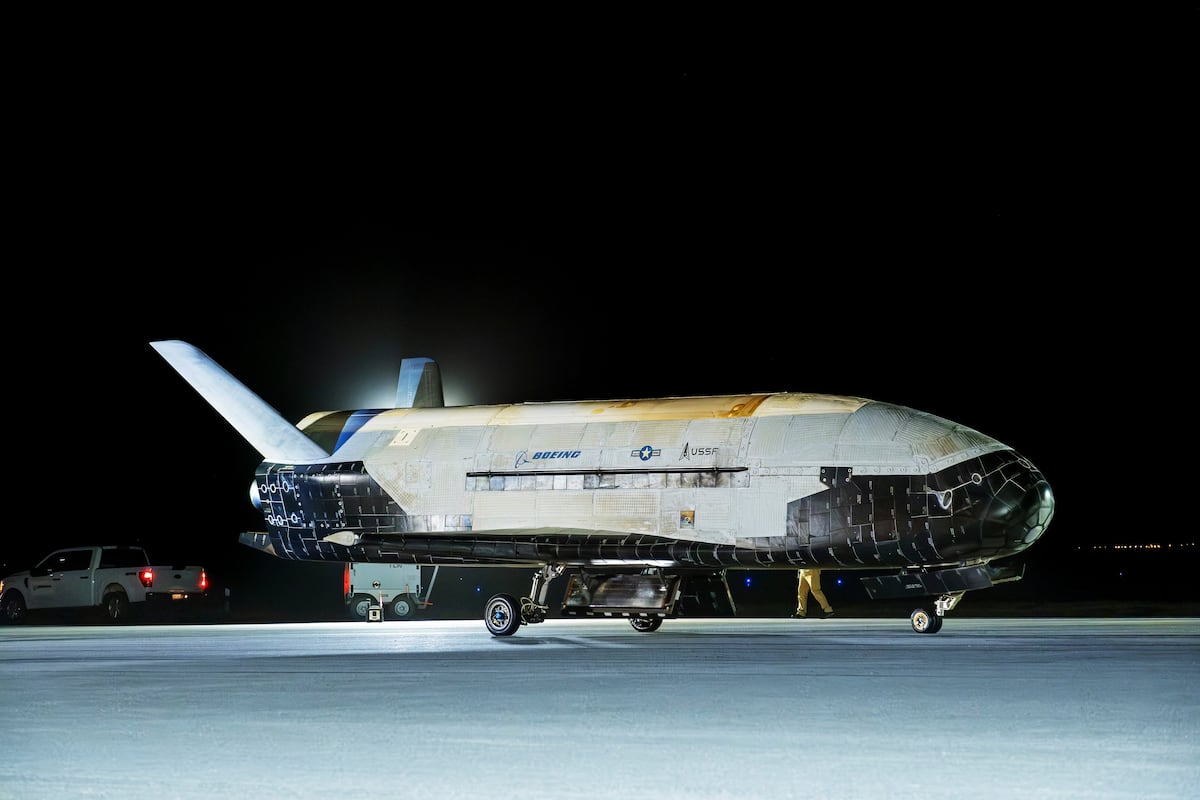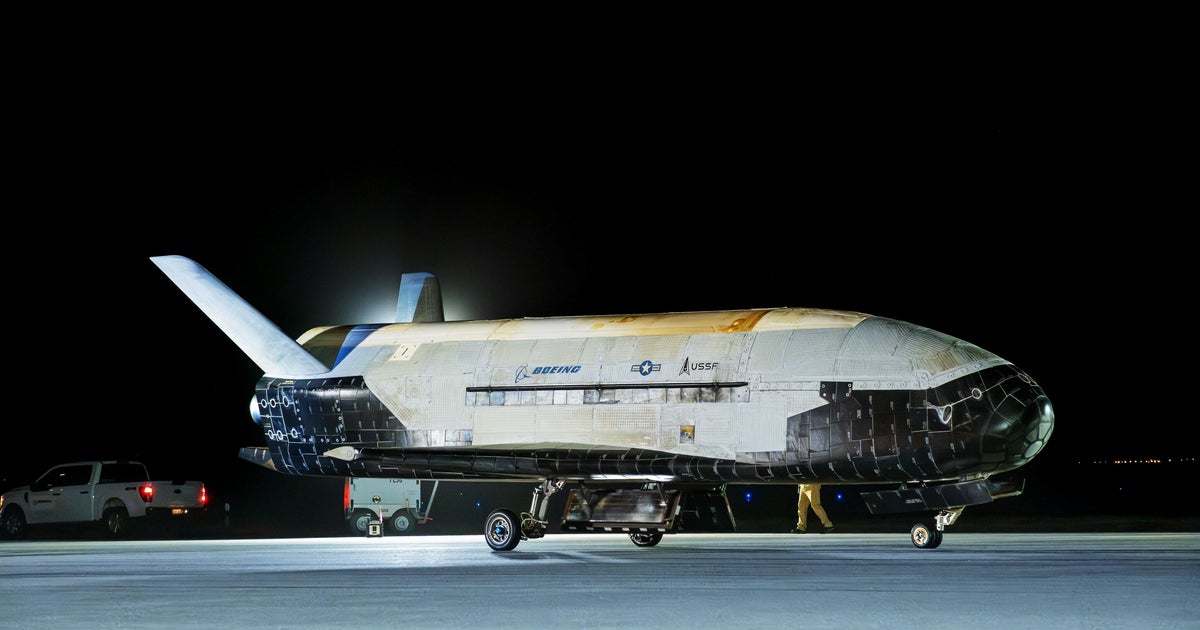U.S. Military's X-37B Mini Space Shuttle Completes Record 434-Day Mission
The U.S. military's X-37B space shuttle returned from a secret 434-day mission, demonstrating advanced orbital maneuvering capabilities.
Overview
The U.S. military's classified X-37B mini space shuttle successfully returned to Earth after a remarkable 434-day mission. Launched in December 2023, the uncrewed vehicle executed military experiments in low Earth orbit before landing at Vandenberg Space Force Base. The mission displayed innovative orbital change techniques, including aerobraking for efficient fuel use. This mission marks the seventh flight in the program, which continues to evolve since its debut in 2010, with capabilities that enhance the U.S. Space Force's technological developments and awareness in increasingly crowded space environments.
Content generated by AI—learn more or report issue.

Get both sides in 5 minutes with our daily newsletter.
Analysis
- The U.S. military’s mini space shuttle successfully returned to Earth after a 434-day mission, demonstrating advanced capabilities in changing orbits and conducting experiments.
- The X-37B program continues to evolve, with the latest flight showcasing the craft's ability to operate in a congested space environment.
- This mission marks a significant milestone for the U.S. Space Force, enhancing its technological capabilities and strategic position in space.
Articles (4)
Center (3)
FAQ
The primary purpose of the X-37B's seventh mission included experimenting with future space domain awareness technologies and demonstrating advanced orbital maneuvering capabilities, such as aerobraking to change orbits efficiently.
The X-37B's aerobraking maneuver allows it to change orbits by using atmospheric drag to slow down, which saves fuel and enhances its ability to perform complex space operations.
The X-37B program is significant for the U.S. Space Force as it provides a versatile platform for testing advanced space technologies, enhancing space domain awareness, and demonstrating capabilities crucial for future space operations.
The X-37B has been in operation since its first launch in April 2010. Its longest recorded mission duration was 908 days.
History
- This story does not have any previous versions.



